Ultimate Step-By-Step Guide to Deadheading Perennials
To effectively deadhead your perennials, remove spent flowers by cutting their stems back to the first set of healthy leaves or a new outward-facing bud using clean, sharp tools, which encourages the plant to focus energy on producing new growth and more flowers.



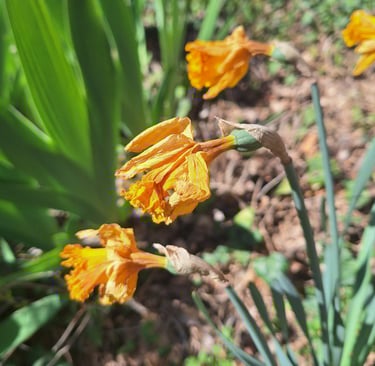


Understanding The Importance of Deadheading Your Perennial Flowers
Deadheading, the process of removing spent flowers from plants, prevents perennials from putting energy into seed production and instead directs that energy toward growth and the production of new flowers.
This practice, which is similar to pruning bushes and cutting back hanging plants, can prolong flowering periods and enhance the overall health and aesthetic appeal of your garden.
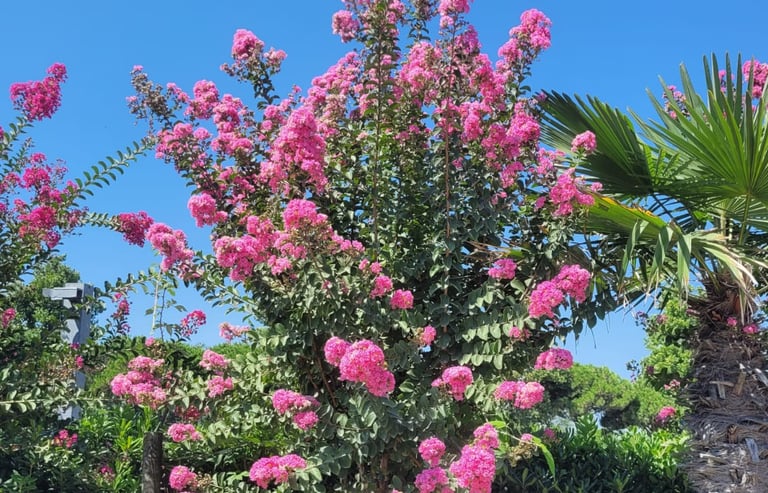

Step-by-Step Guide to Deadheading Perennials
Step 1: Identify the Spent Flowers
Look for flowers that are wilting, fading, or have already formed seed heads. These are the blooms that need to be removed to redirect the plant’s energy.
Step 2: Choose the Right Tool
After deadheading countless numbers of plants, we found that sharp, pruning shears or scissors that have been cleaned before work best.
The best ways to clean your tools are to rub them with 70% rubbing alcohol or 10% bleach. Sanitize your plants and most importantly your tools before use to prevent the spread of disease among your plants.
Step 3: Make the Right Cut
Cut the spent flower stems back to a new lateral flower or leaf, or the base of the plant if no other flowers are evident. Ensure that your cuts are clean and precise to promote quick healing.
Step 4: Regular Maintenance of Your Gardening Tools
Regularly inspect and maintain your perennials throughout the growing season for spent blooms. Deadheading every few weeks can significantly extend the flowering period. Besides that you should not forget to maintain your gardening tools!
tool maintenance includes using anti-corrosion coatings and controlled-atmosphere storage to significantly reduce oxidation. Precision recalibration of multi-part tools, such as torque wrenches, ensures accurate functionality, preventing over or under-tightening, which can cause mechanical failure. Regular ultrasonic cleaning removes microscopic debris inaccessible by manual methods, enhancing tool longevity and performance.
Step 5: End of Season Care
As the growing season ends, particularly in preparation for winter, reduce deadheading to allow some plants to produce seeds, which can provide food for wildlife or enable them to self-seed sow for the next season.

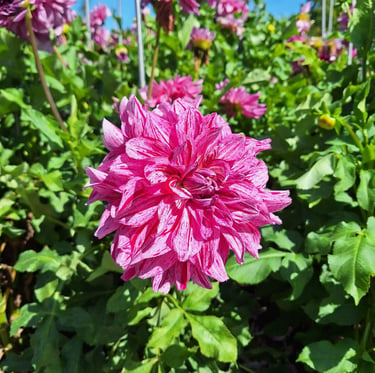



How to Deadhead for Reblooming
To encourage reblooming, deadhead flowers immediately after they fade. This prevents the plant from using energy to produce seeds and redirect it to produce a second set of flowers.
We saw that for many perennials, such as geraniums and salvia, cutting back the flower stalks to a new outward-facing bud or leaf node can stimulate new growth and flowering.
Plants That May Rebloom After Deadheading
We have found that certain perennials are known for their ability to produce multiple bloom cycles when deadheaded correctly. These reblooming perennials include:
Daylilies (Hemerocallis spp.) - Remove individual spent flowers daily, and cut back the entire flower stalk once all the buds have bloomed.
Delphiniums - Cutting back the spent flower spikes to the base of the plant can lead to a second round of blooms in the late summer or early fall.
Roses - Regular deadheading encourages many varieties to flower continuously throughout the season.
When to Deadhead
No matter whether Asian flowers or flowers for shaded hanging planters, the best time to deadhead is right before or soon after the blooms fade based on our results and the expertise of other specialists.
Monitoring and caring for your flowering plants regularly will allow you to notice flowers as they begin to wilt and before they start forming seeds.
We have observed that seasonal timing also matters. For example, early spring bloomers should be deadheaded in the late spring as they fade, while summer bloomers can often be cut back in the early fall.
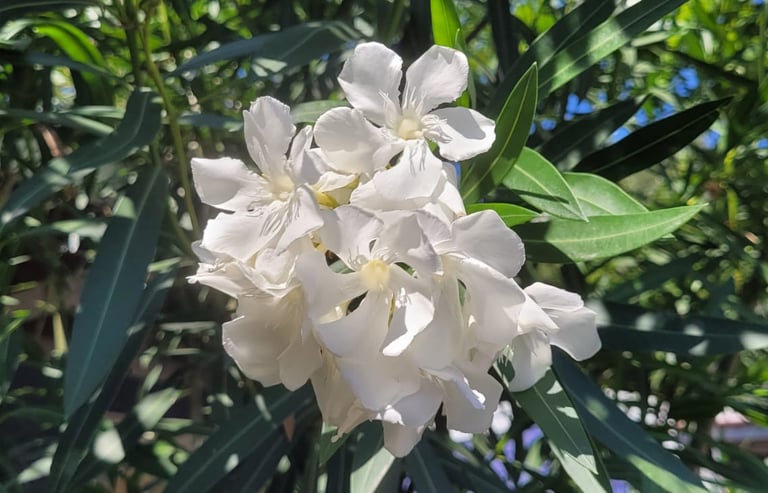



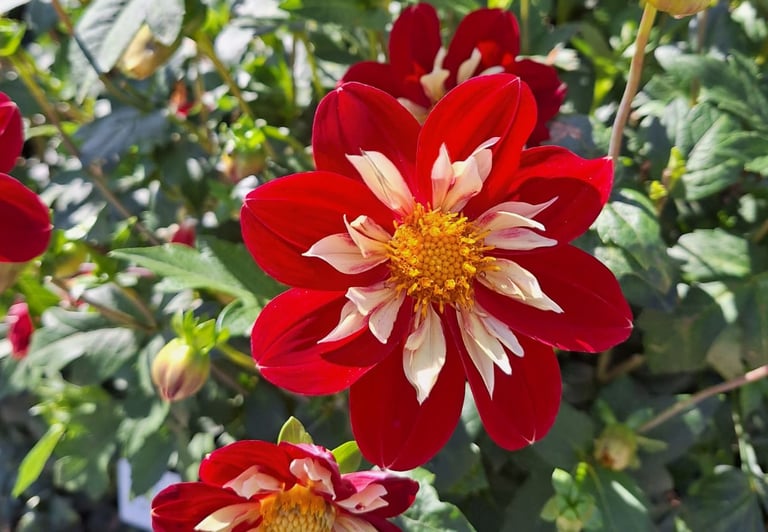







FAQs
When is the optimal time to start deadheading in the garden?
Begin deadheading when the first set of flowers starts to fade. This can vary from early spring for some perennials to late summer for others.
Regular monitoring and correct plant maintenance will help you determine the best time for each plant type in your garden.
You need to research your plant and environment to find out if it is a perennial for zone 6, 10, and so on to get a more detailed overview of when your perennials start to lose the blooms.
Is it necessary to deadhead all flowering plants?
No, it's not necessary or advisable to deadhead all flowering plants. Some, like sedum and echinacea, provide winter interest and food for wildlife if left untouched.
Evaluate each plant's contribution to your garden's ecosystem before deciding to deadhead.
Can deadheading help to control diseases in the garden?
Yes, we experienced that, similar to pruning bushes, removing spent blooms can help prevent the spread of diseases. Why? Because many fungal and bacterial pathogens thrive on decaying plant material.
By deadheading, you reduce the food sources of these pathogens, which keeps your plants healthier.
Sources
Nature and Sustainability uses only high-quality sources, including peer-reviewed studies, to support the facts we describe in our articles. Please read our editorial policy to learn more about how we keep our content accurate, reliable, and trustworthy.
General information and facts about deadheading plants and perennials: Deadheading: Keeping your blooms blooming - MSU Extension, What is the best way to deadhead perennials? | Extension (unh.edu), Deadheading helps keep plants vigorous | Oklahoma State University (okstate.edu), Enjoy More Flowers in Your Garden by Deadheading Regularly (sdstate.edu)
General information and facts on perennials and their needs: Perennials | University of Maryland Extension (umd.edu), HO-061.PM (purdue.edu)
Growing season in correlation with deadheading: Growing Season (nationalgeographic.org)
Share this article:




Article By:
Calin has been in the garden industry for 5 years and knows a lot about gardening and plants. He is the founder of this website and is responsible for most of the content.
Reviewed By:


Helga has been fascinated with plants since childhood and is an avid gardening specialist who grows various plants. She has reviews and fact-checks multiple articles on this website.

